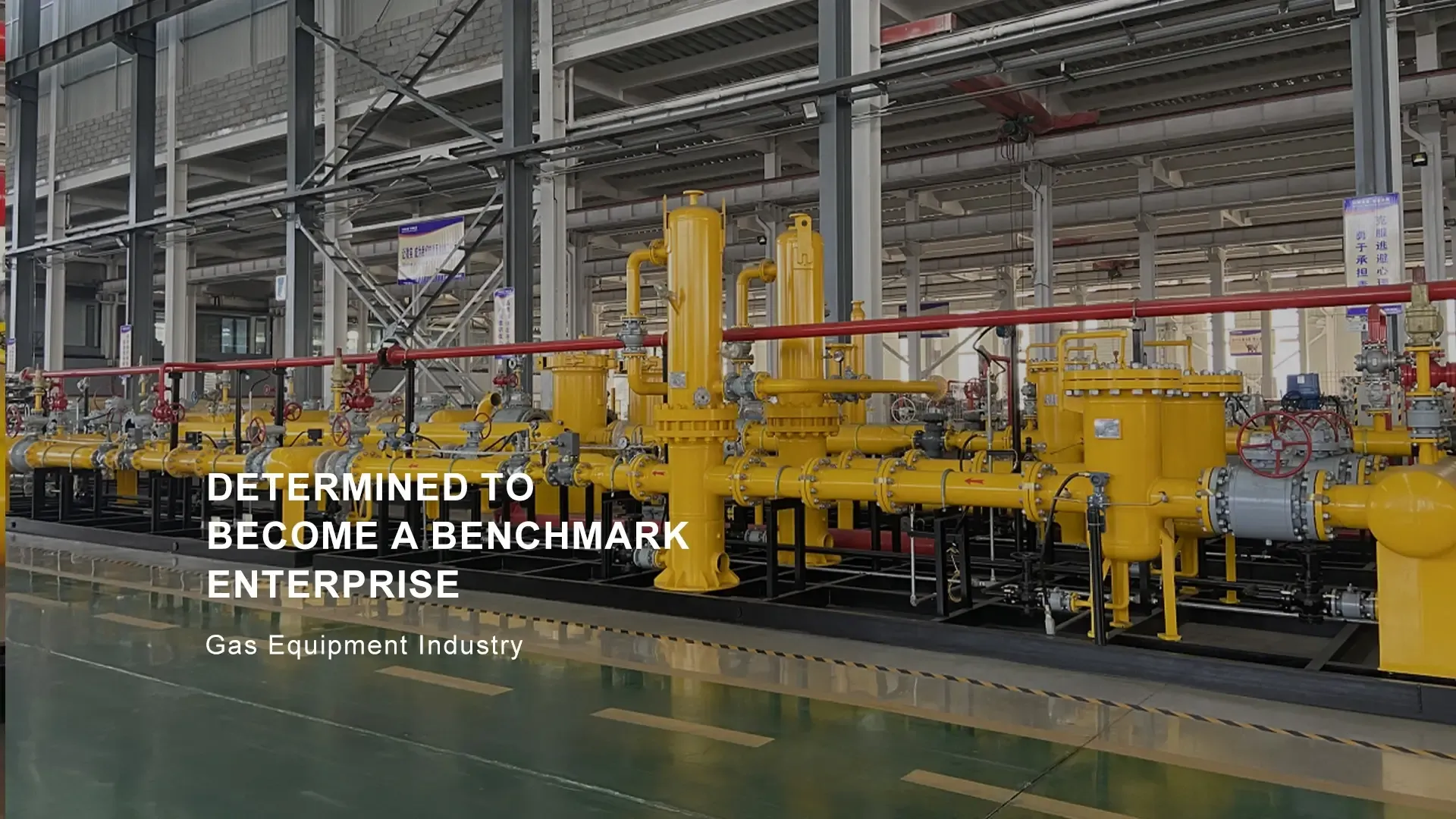
Dec . 24, 2024 12:10
Back to list
Innovative Solutions for Efficient Gasification Equipment Design and Implementation
Gasification Equipment Revolutionizing Energy Production
Gasification is a technological process that converts carbonaceous materials, such as coal, biomass, or municipal solid waste, into a combustible gas known as syngas (synthetic gas). This process is gaining popularity as an efficient method of producing energy while minimizing environmental impact. At the heart of this process lies gasification equipment, which plays a crucial role in transforming raw materials into usable energy forms.
Understanding Gasification
Gasification involves a series of thermochemical reactions that occur in a gasifier, the primary piece of gasification equipment. The feedstock is subjected to high temperatures—typically between 700°C and 1,500°C—in an oxygen-controlled environment. This process results in the production of syngas, which primarily consists of hydrogen (H₂), carbon monoxide (CO), and carbon dioxide (CO₂). The generated syngas can then be used for various applications, including electricity generation, fuel production, and as a feedstock for chemical synthesis.
Types of Gasification Equipment
There are several types of gasification equipment, each tailored for specific feedstocks and operational requirements. The most common types include
1. Fixed-Bed Gasifiers Fixed-bed gasifiers are characterized by a stationary bed of fuel, through which gasifying agents such as air, steam, or oxygen flow. They are generally used for biomass and coal gasification. This type of gasifier is simple in design, easy to operate, and can handle larger feedstock sizes.
2. Fluidized-Bed Gasifiers In fluidized-bed gasifiers, the feedstock is suspended in a bed of particles—usually sand—by the upward flow of gasifying agents. This design allows for better heat and mass transfer, making it suitable for a wider range of feedstocks, including low-quality and heterogeneous materials. Fluidized-bed gasifiers are known for their efficiency and can process smaller particle sizes.
3. Entrained-Flow Gasifiers These are high-temperature gasifiers that use a fast-moving stream of gasifying agent to rapidly convert the feedstock into syngas. Entrained-flow gasifiers are typically used for high-quality coal and are praised for their capacity to produce clean syngas with minimal contaminants.
gasification equipment

4. Plasma Gasifiers Utilizing high-temperature plasma technology, plasma gasifiers can convert a broad array of feedstocks, including hazardous waste. They operate at ultra-high temperatures, allowing them to break down complex organic molecules and produce syngas while minimizing toxic byproducts.
Importance of Gasification Equipment
The significance of gasification equipment extends beyond energy production. It plays a pivotal role in waste management by converting waste materials into useful energy. This process not only reduces landfill waste but also mitigates greenhouse gas emissions associated with decomposing materials. Additionally, because syngas can be further processed into various fuels (like methanol or synthetic diesel), gasification technology contributes to the development of alternative energy sources.
Moreover, gasification equipment supports the transition towards a circular economy. By converting waste into valuable energy and products, industries can minimize their reliance on fossil fuels while promoting sustainable practices. This technology aligns with global efforts to reduce carbon emissions and combat climate change.
Challenges and Future Prospects
Despite its numerous advantages, gasification technology does face challenges. High capital costs, operational complexities, and the need for advanced material handling systems can hinder widespread adoption. Additionally, the economic viability often depends on the local availability of feedstocks and the proximity to markets for the syngas or its derivatives.
However, ongoing research and innovations in gasification technology are paving the way for more efficient and cost-effective solutions. Advances in materials science could lead to improvements in gasifier design, enhancing durability and performance. Moreover, the integration of gasification with carbon capture and storage (CCS) technologies holds promise for mitigating emissions and further advancing sustainable energy systems.
In conclusion, gasification equipment is at the forefront of transforming waste materials into clean energy and valuable products. As technology evolves and market conditions change, the role of gasification in a sustainable energy future will undoubtedly grow, leading to a cleaner environment and more resilient energy systems.
Latest news
-
Safety Valve Spring-Loaded Design Overpressure ProtectionNewsJul.25,2025
-
Precision Voltage Regulator AC5 Accuracy Grade PerformanceNewsJul.25,2025
-
Natural Gas Pressure Regulating Skid Industrial Pipeline ApplicationsNewsJul.25,2025
-
Natural Gas Filter Stainless Steel Mesh Element DesignNewsJul.25,2025
-
Gas Pressure Regulator Valve Direct-Acting Spring-Loaded DesignNewsJul.25,2025
-
Decompression Equipment Multi-Stage Heat Exchange System DesignNewsJul.25,2025

